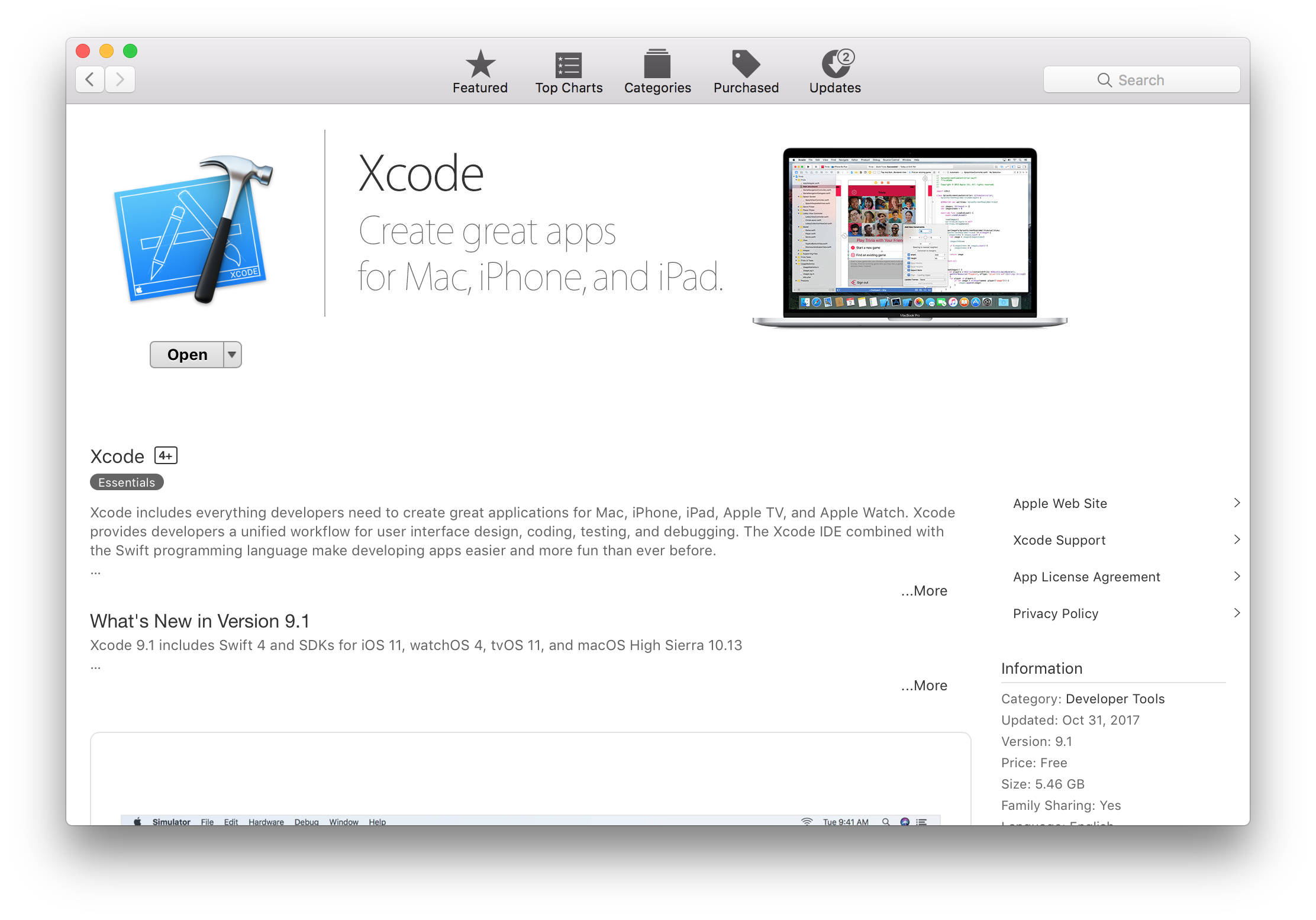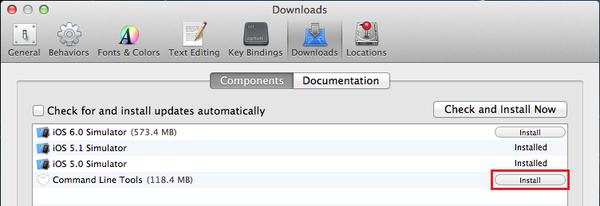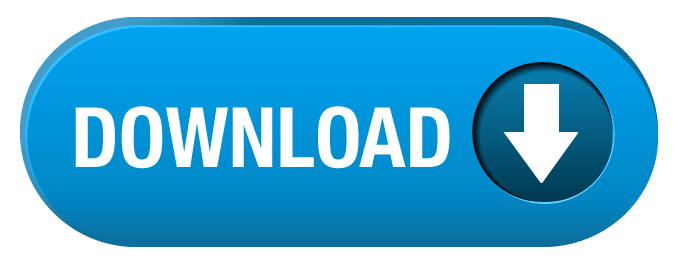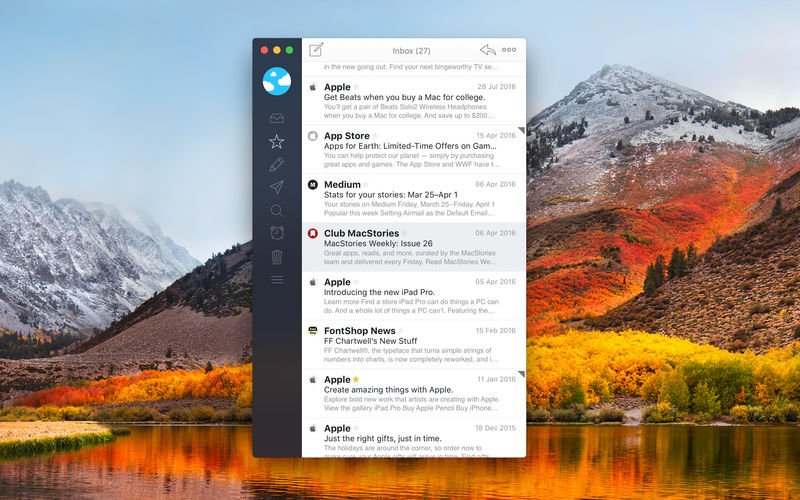Historically MacOS came preinstalled with Python 2, however starting with Mac 10.15 (released in October 2019) this is no longer the case. And since Python 2 will no longer be officially supported as of January 1, 2020, you should really use Python 3 instead.
If you prefer the terminal, using Xcode is the fastest and easiest way to start working with Git. Its command-line tools include Git in the package. Users who don’t have Xcode can install it with a single command: xcode-select -install. With Xcode running on your Mac, you can check whether Git is also available by prompting for the Git version. Download the latest version of Xcode from the Apple developer website or get it using the Mac App Store. Once you have Xcode installed, open a terminal, run xcode-select -install, and click the Install button to install the required command line developer tools. How to install Homebrew on macOS Catalina or M1 Mac. Open Terminal and enter this command xcode-select -install; Click Install from the popup. Go through the T&C and click Agree if you do. Let the download complete. To install Homebrew, enter the following command in the Terminal.
There are multiple ways to install Python 3 on a MacOS computer. The official Python website even recommends downloading it directly, however this approach can cause confusion around PATH variables, updates, and uninstalls. A better approach, in my opinion, is to instead use the popular package manager Homebrew which automates updates and juggling multiple versions of Python on a computer.
Is Python 3 already installed?
Or via terminal (from the release docs): The Command Line Developer Tools package can be installed on demand using 'xcode-select -install” and the installed tools will be automatically updated using Software Update. OS X 10.9 is required for this feature. In terminal, type “gcc“, you will get message “command not found”. $ gcc -bash: gcc: command not found Solution. To install gcc compiler on Mac OS X, you need to download and install “Command Line Tools for Xcode”, which is available in Apple’s developer page. See following steps.
Before we start, make sure Python 3 isn’t already installed on your computer. Open up the command line via the Terminal application which is located at Applications -> Utilities -> Terminal.
Then type the command python --version followed by the Enter key to see the currently installed version of Python.
Install Xcode From Terminal Mac
Note: The dollar sign, ($), indicates user input. Everything after is intended to be typed by the user followed by the Enter key. Any output, such as Python 2.7.17 in this case, does not have a dollar sign in front.In short: don’t type $ before your commands!

It’s possible that Python 3 may have already been installed as python3. Run the command python3 --version to check, however most likely this will throw an error.
Install XCode
The first step for Python 3 is to install Apple’s Xcode program which is necessary for iOS development as well as most programming tasks. We will use XCode to install Homebrew.
In your Terminal app, run the following command to install XCode and its command-line tools:
It is a large program so this make take a while to download. Make sure to click through all the confirmation prompts XCode requires.
Install Homebrew
Next install Homebrew by copy/pasting the following command into Terminal and then type Enter:
To confirm Homebrew installed correctly, run this command:
In 2016 Docker released Docker Desktop which superseded toolbox and was significantly easier for the majority of users to get started. This still left some users behind, predominantly users who were on Windows Home editions, Windows 7, Windows 8 and users of VirtualBox. Since 2016 there have been a number of changes. I am installing Docker toolbox on the below configurations. However, it is okay if your system meets the prerequisites also. Windows 10 Pro (64 Bit) RAM 8GB; HDD 1TB; Git 2.21; Prerequisites: Windows 8 Or High – 64 Bit Operating System; RAM 2GB; GIT 1.7 or Higher; Install Docker Toolbox on Windows: Follow the below steps to download docker. Docker for Windows runs on 64-bit Windows 10 Pro, Enterprise, and Education; 1511 November update, Build 10586 or later. Docker plans to support more versions of Windows 10 in the future. Docker toolbox for windows 7. Docker for Mac / Windows (now known as Docker Desktop) Docker Toolbox; Running your own Virtual Machine and installing Docker yourself; All 3 of those options have their own pros and cons and in this article we’re going to cover them. If you’re looking for a high level overview of what Docker for Mac / Windows and Docker Toolbox is, then. If you run into issues creating VMs, you may need to uninstall VirtualBox before re-installing the Docker Toolbox. The following list of components is included with this Toolbox release. If you have a previously installed version of Toolbox, these installers will update the components to these versions.
Install Python 3
Now we can install the latest version of Python 3. Type the following command into Terminal and press Enter:
To confirm which version of Python 3 was installed, run the following command in Terminal:
Finally, to run our new version of Python 3 open an interactive shall by typing python3 within Terminal: Bombich carbon copy cloner download.
To exit the Python 3 interactive shell, you can type either exit() and then Return or type Control+d which means hold both the Control and D keys at the same time.
Install Xcode From Terminal Mac Command
Note that it is still possible to run Python 2 by simply typing python:
Virtual Environments
By default, Python packages are installed globally on your computer in a single directory. This can cause major problems when working on multiple Python projects!
For example, imagine you have Project A that relies upon Django 1.11 whereas Project B uses Django 2.2. If you naively installed Django on your computer, only the latest install would be present and available in that single directory. Then consider that most Python projects rely on multiple packages that each have their own version numbers. There’s simply no way to keep everything straight and not inadvertently break things with the wrong package versions.
The solution is to use a virtual environment for each project, an isolated directory, rather than installing Python packages globally.


Confusingly, there are multiple tools for virtual environments in Python:
- venv is available by default on Python 3.3+
- virtualenv must be installed separately but supports Python 2.7+ and Python 3.3+
- Pipenv is a higher-level tool that automatically manages a separate virtual environment for each project
On MacOS we can install Pipenv with Homebrew.
Then use Pipenv for any Python packages you wish to install. For example, if you want to work with Django 2.2.6, first create a dedicated directory for it on your computer such as in a django directory on your Desktop.
Then install Django within that directory.
If you look within the directory there are now two new files, Pipfile and Pipfile.lock, which Pipenv uses. To activate the virtual environment type pipenv shell.
There will now be parentheses around the name of your current directory which indicates the virtual environment is activate. To exit the virtual environment, type exit.
The lack of parentheses confirms the virtual environment is no longer active.

Next Steps
To learn more about Python, the books Python Crash Course and Automate the Boring Stuff are great resources. For free tutorials on web development with Python check out Learn Django.

